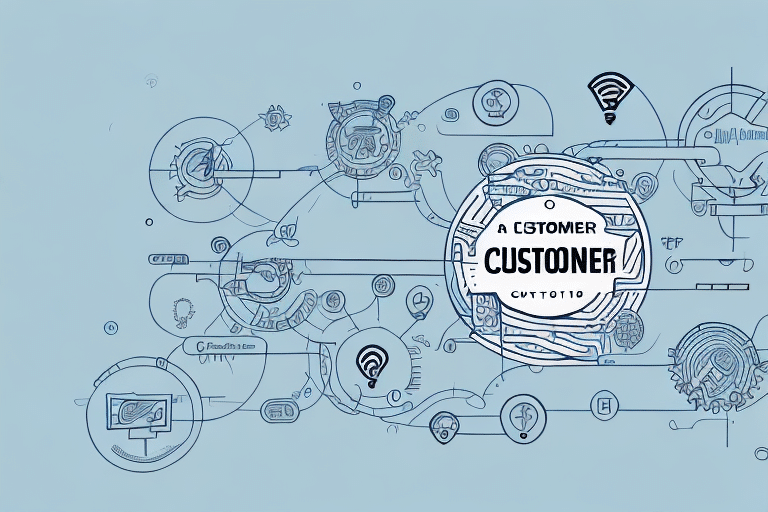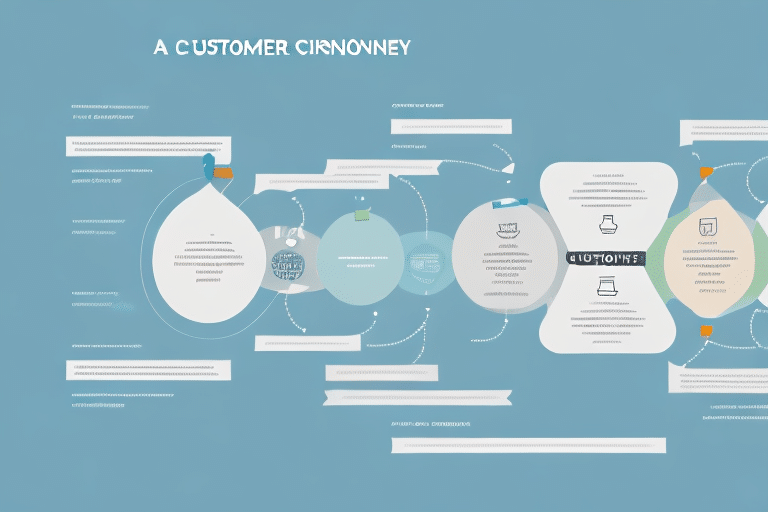How to Improve Your Customer Retention Rate
In today’s competitive business landscape, retaining customers is more crucial than ever. Customer retention not only fosters long-term relationships but also drives sustained revenue and growth. This article delves into the importance of customer retention, explores effective strategies to enhance it, and outlines methods to measure its success.
Importance of Customer Retention for Business Success
Cost Efficiency
Acquiring new customers can be up to five times more expensive than retaining existing ones. According to a study by Harvard Business Review, increasing customer retention rates by just 5% can boost profits by 25% to 95%. Focusing on retention helps businesses allocate resources more effectively, minimizing marketing and acquisition costs.
Enhanced Revenue and Profitability
Existing customers are more likely to make repeat purchases and explore additional offerings. Research from Accenture indicates that loyal customers spend up to 67% more than new customers. This consistent revenue stream significantly impacts overall profitability.
Brand Loyalty and Advocacy
Loyal customers often become brand advocates, promoting your business through word-of-mouth referrals and positive reviews. This organic promotion not only attracts new customers but also builds a strong brand reputation. According to Nielsen, 92% of consumers trust recommendations from friends and family over any other form of advertising.
Analyzing Your Customer Retention Rate
Calculating Customer Retention Rate
To gauge your retention performance, use the following formula:
- Customer Retention Rate = [(Number of customers at end of period - Number of new customers acquired during period) / Number of customers at start of period] x 100
This metric provides a clear percentage that reflects your ability to maintain a stable customer base over time.
Identifying Trends and Patterns
Once calculated, analyze your retention rate data to uncover trends. Determine how different factors such as marketing campaigns, product launches, or seasonal changes influence your retention rates. Tools like Google Analytics can assist in tracking and visualizing these patterns, enabling data-driven decision-making.
Common Challenges in Customer Retention
Poor Customer Service
Ineffective customer service is a primary reason for low retention. According to Zendesk, 82% of customers have stopped doing business with a company due to poor customer service. Ensuring prompt, helpful, and empathetic support is essential for retaining customers.
Inconsistent Branding
Consistency in branding across all channels fosters trust and recognition. Inconsistent messaging can confuse customers and diminish brand credibility, leading to decreased loyalty. Maintaining a unified brand voice and visual identity is crucial for sustained retention.
Lack of Personalization
Customers expect personalized experiences tailored to their preferences and behaviors. A lack of personalization can make customers feel undervalued, increasing the likelihood of attrition. Utilizing customer data to customize interactions and offerings can significantly enhance retention rates.
Strategies to Improve Customer Retention
Building Strong Customer Relationships
Invest in creating meaningful relationships with your customers. This involves understanding their needs, preferences, and behaviors through regular interactions and engagement. Personalized communication and attentive service can make customers feel valued and appreciated.
Implementing Loyalty Programs
Loyalty programs reward customers for their continued patronage, incentivizing repeat business. Effective programs offer points, discounts, exclusive access, or special perks. According to a report by Forrester, 77% of consumers participate in at least one loyalty program, highlighting their impact on retention.
Enhancing Customer Service
Exceptional customer service is a cornerstone of retention. Train your support team to handle inquiries efficiently and resolve issues proactively. Implementing multi-channel support options, such as live chat, email, and phone, ensures customers can reach you through their preferred method.
Utilizing Personalization
Leverage customer data to deliver personalized experiences. Tailor your marketing messages, product recommendations, and offers based on individual customer profiles. Personalized experiences can increase customer satisfaction and loyalty, as evidenced by a Salesforce study, which found that 70% of consumers expect personalized interactions.
Leveraging Social Media
Social media platforms offer valuable opportunities to engage with customers and build community. Use these channels to share updates, respond to inquiries, and address feedback promptly. Active social media presence fosters a sense of connection and loyalty among customers.
Winning Back Lost Customers
Don’t overlook customers who’ve left. Implement strategies to re-engage them, such as targeted email campaigns, special offers, or personalized outreach. Understanding the reasons behind their departure can help tailor your approach and increase the chances of winning them back.
Measuring the Success of Your Customer Retention Efforts
Tracking Key Performance Indicators (KPIs)
Monitor essential KPIs like customer retention rate, customer lifetime value (CLV), and churn rate to assess the effectiveness of your retention strategies. These metrics provide insights into how well you’re maintaining your customer base and where improvements are needed.
Analyzing Customer Feedback
Collect and evaluate feedback from surveys, reviews, and direct interactions to understand customer satisfaction levels. Tools like SurveyMonkey can facilitate the gathering and analysis of valuable feedback, guiding your retention initiatives.
Adapting Strategies Based on Data
Use the insights gained from data analysis to refine and adjust your retention strategies. Continuously testing and optimizing your approaches ensures they remain effective and aligned with evolving customer needs and market trends.
Conclusion
Improving customer retention is a multifaceted endeavor that requires a deep understanding of your customers, strategic planning, and consistent execution. By prioritizing customer service, personalization, and engagement through various channels, businesses can build lasting relationships that drive sustained growth and profitability. Regularly analyzing retention metrics and adapting strategies based on data ensures that your efforts remain effective and responsive to customer needs.




















